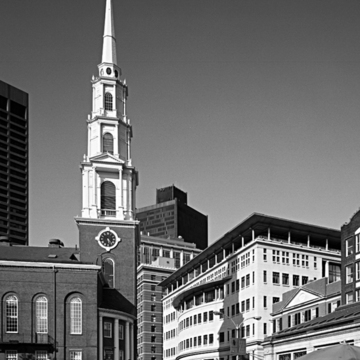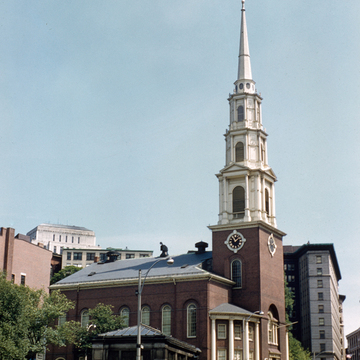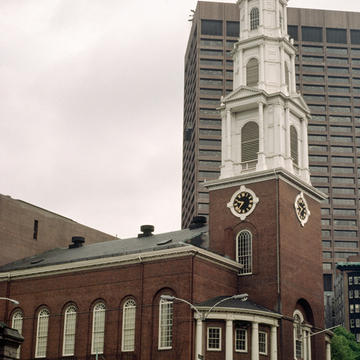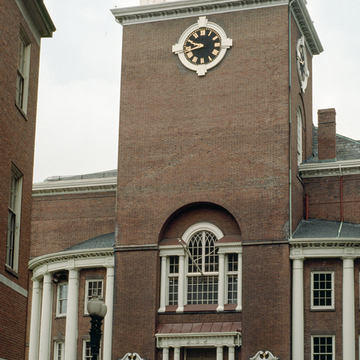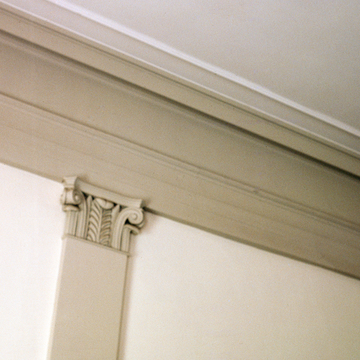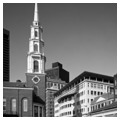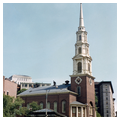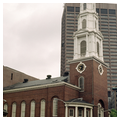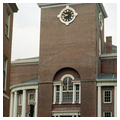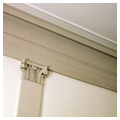With a reputation for religious activism, this church provided a forum for William Lloyd Garrison when he gave his first speech against slavery. British-born architect Peter Banner's design for the neoclassical tower could fit comfortably in London alongside the work of Christopher Wren and James Gibbs. The brick body of the church is in the form of a traditional New England meetinghouse, but the exterior conveys a degree of monumentality with its twin curved and colonnaded pavilions and recessed center bay with a large Palladian window. Twin curving staircases within the tower rise to the second-level sanctuary, a large, plain, and frequently remodeled room surrounded by monumental pilasters. One of the best-loved Boston landmarks, this church narrowly escaped demolition in 1903 when developers tempted the congregation to sell the site for an office tower. Stahl/Bennett Associates designed the cleanly modern brick and glass addition on Park Street for the Church Ministries, the entrance to church offices in adjacent converted town houses.
You are here
Park Street Church
If SAH Archipedia has been useful to you, please consider supporting it.
SAH Archipedia tells the story of the United States through its buildings, landscapes, and cities. This freely available resource empowers the public with authoritative knowledge that deepens their understanding and appreciation of the built environment. But the Society of Architectural Historians, which created SAH Archipedia with University of Virginia Press, needs your support to maintain the high-caliber research, writing, photography, cartography, editing, design, and programming that make SAH Archipedia a trusted online resource available to all who value the history of place, heritage tourism, and learning.


